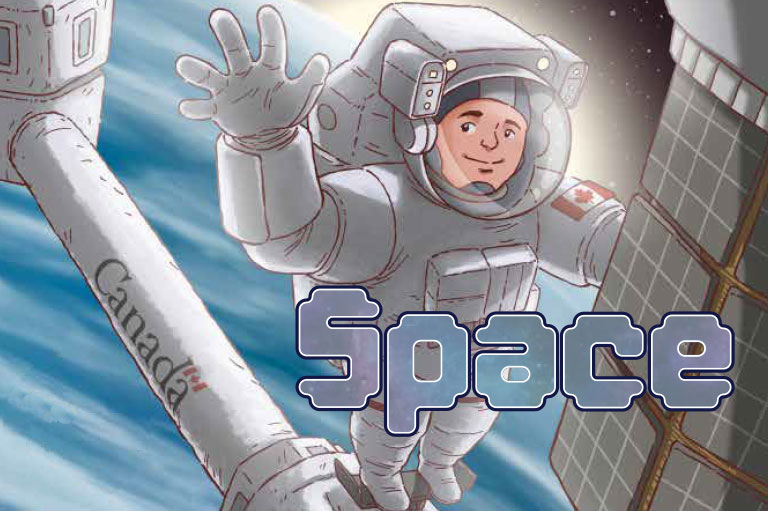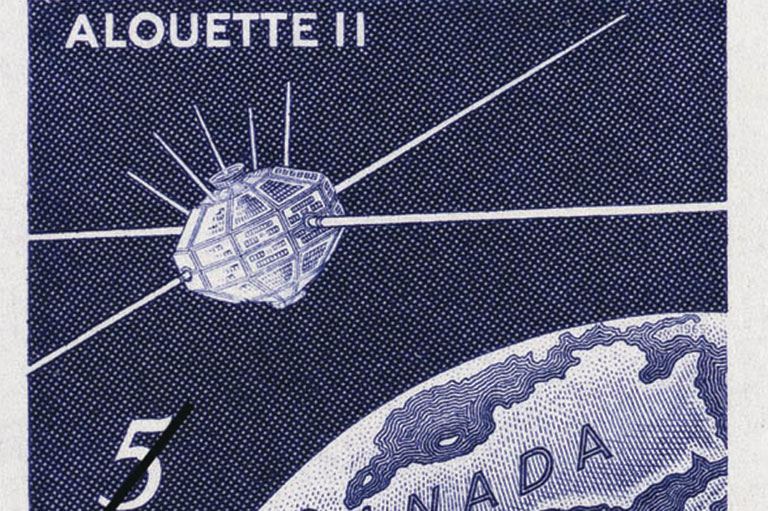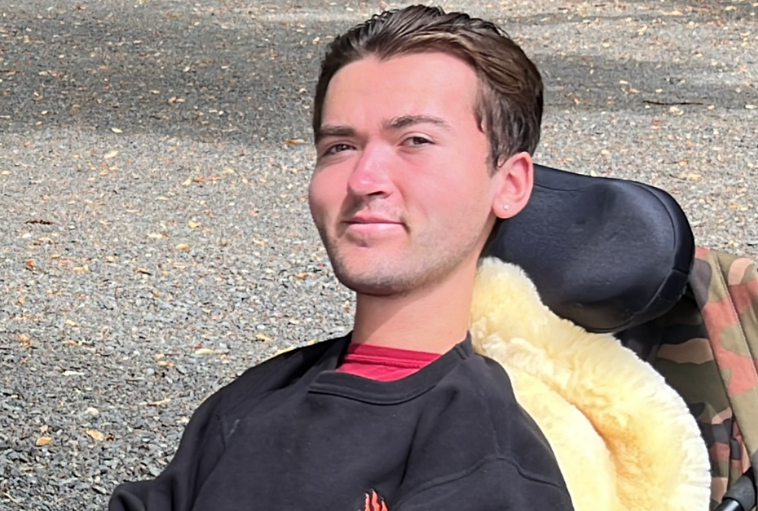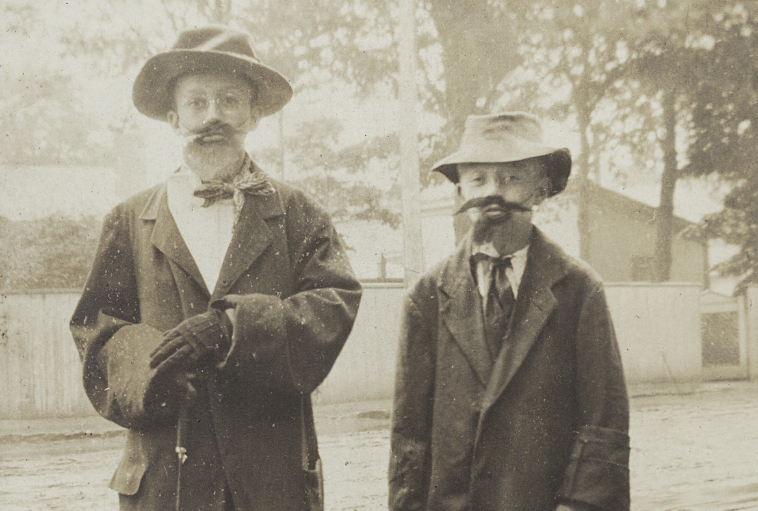Space Technology Saves Lives
Grade Level: 6, 7/8, 9/10, 11/12
Time Required: 1 lesson
This activity is inspired by the “Space” (November 2025) issue of Kayak: Canada’s History Magazine for Kids.
Select Curriculum Connections:BRITISH COLUMBIA | Science 10: Applications of scientific understanding in technology and society. ALBERTA | Science 9: Space exploration and its influence on quality of life. ONTARIO | History 10: Canada’s contributions to science and global issues. NOVA SCOTIA | Science 9: Technology’s impact on society and human health. |
Learning Outcomes
Students will:
- Recognize Canadian contributions to space science and technology.
- Identify how innovations developed for space are adapted for life on Earth.
- Evaluate the importance of investment in space exploration for Canadian society.
Teacher Background
Space exploration is not only about astronauts — it also generates technologies that improve life on Earth. Canadian contributions to space research have had a direct impact on healthcare, communication, and technology. Some examples include:
- Bio-Monitor: Medical shirts tested in space, now used for patient monitoring.
- Canadarm2 » neuroArm: The robotic arm developed for space missions inspired surgical robots for delicate operations.
- Satellites: First used for communication in space, now critical for telemedicine in northern communities.
Activity
PART I — Introduction: Connecting Space to Health
Ask your students to consider the following question, “What do space inventions have to do with hospitals or doctors’ offices?”
Collect their ideas and write them on the board.
PART II — Read: Canadian Space Innovations
Have your students read the article “Health on Earth” on pages 18-21. The final page explores some of the technologies that were invented for space use, but now are used in the health field on Earth, such as:
- Bio-Monitor » wearable health-monitoring shirts
- Canadarm2 » neuroArm surgical robot
- Satellites » telemedicine for rural communities
For more information on how these technologies are used in space, students can read the article “Canada Among the Stars” on pages 4-7 or conduct independent research.
PART III — Activity: Space-to-Earth Match-Up
Handout the worksheet Space-to-Earth Match-Up. There are two columns: Space Innovation and Earth Application.
Individually or in small groups, have students match the columns. Note that there are examples beyond what was presented in Kayak that students will need to assess.
Encourage students to justify why each space technology is important on Earth.
Use the answer key if there are any questions.
PART IV — Wrap-Up: Reflection and Discussion
Ask your students to reflect on the following question and share their thoughts as a class: “Do you think it is important for Canada to invest in Space?”
Extension
An extension for older students:
- Research another Canadian space technology that is now used on Earth. For example, GPS, water recycling systems, bone-loss studies, etc.
Some additional questions you could ask students to consider are:
- What does Canada’s role in developing space technology say about our strengths as a country?
- How is the Canadarm similar to other Canadian inventions in history (e.g., insulin, snowmobile, radio communication) that changed lives around the world?
- Why do you think telemedicine is especially important in northern and Indigenous communities? What does this tell us about the role of technology in addressing inequalities in Canada?
- How do Canada’s space contributions affect how the world sees us as a country?
- What kind of technology do you think space research might give us in the future — and what problems on Earth could it help solve?
Themes associated with this article
Advertisement






